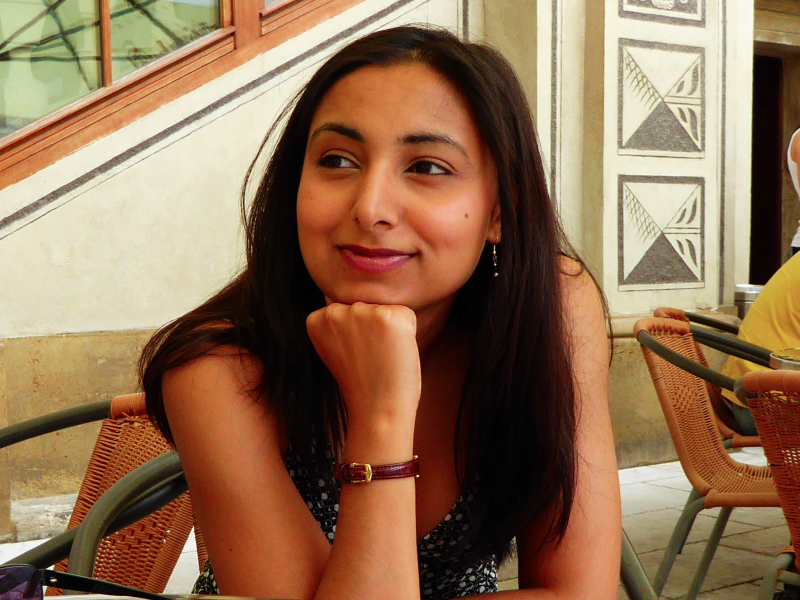I always knew I wanted to work in space. When I was younger, I wanted to be an astronaut and wrote to NASA. They told me what I needed to do and I started working towards those goals.
I got a Flying Scholarship with the RAF so that I could learn to fly planes. I wrote to Universities to get work experience with research groups. Eventually, I got a place at Oxford University to read Physics.
At University, I was diagnosed with endometriosis and realised I wasn’t going into space. Instead I did a Master’s in Instrumentation Systems at UCL where I worked on a concept for an adaptive optics x-ray space telescope and I realised that I could still explore space by sending instruments up there. I did a doctorate in Atmospheric Physics at Oxford where I learned about hardware and software development for measuring atmospheric aerosols and was able to gather data that would improve the integrity of satellite measurements from space. After that, I spent four years as a Post-Doctoral Researcher working with the Planetary Group at Oxford, and teaching in my spare time. There, I worked on everything from lab-based experiments to make the kinds of gases you find on Jupiter, to seismometers for measuring Marsquakes. I designed and patented an instrument for measuring atmospheric temperatures and that became my first instrument in space.
Eventually, I moved to RAL Space to work as a Systems Engineer and began looking at larger projects. I was the Lead Systems Engineer on a proposal for a mission measuring Exoplanets (planets orbiting other stars) which involved coordinating organisations across 13 different countries. I led a project to look at the probability of life surviving on Phobos and managed a project to develop a Highly Miniaturised Radiation Monitor for space, as well as working on other projects. I continued to work on the Martian seismometer instrument which landed on Mars in 2018 as part of NASA’s InSight mission.
In 2015 I took on the role of Autonomous Systems Lead at RAL Space and managed a small team working on robotics for testing space rovers and navigation software. I realised that this technology could be adapted for other applications. After travelling to Cambodia on holiday, I realised that there was still a major problem with landmines across the globe and proposed a system for autonomous landmine sensing using our robotic technology in South East Asia. I was awarded funding through the Global Challenges Research Fund to develop this work and am currently working with Fardoulis Robotics, Buckingham University and the Mines Advisory Group to develop a solution.
On the space side, I’m working with the UK and European Space Agencies on establishing facilities such as the Harwell Robotics and Autonomy Facility as well as Sample Curation Facilities to support a future Mars Sample Return Programme.
I am also a STEM ambassador and act as a mentor for young men and women in STEM. I give talks to schools and University students and like to be involved in Outreach programmes when I have time.

